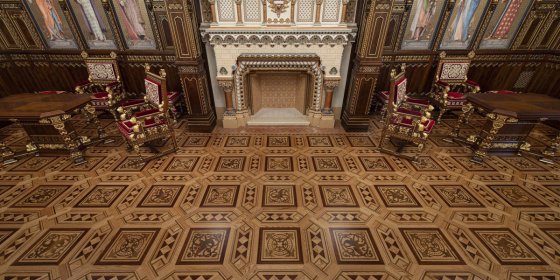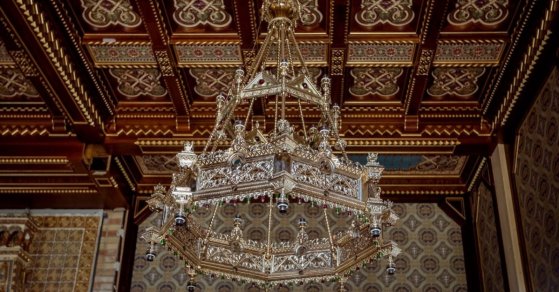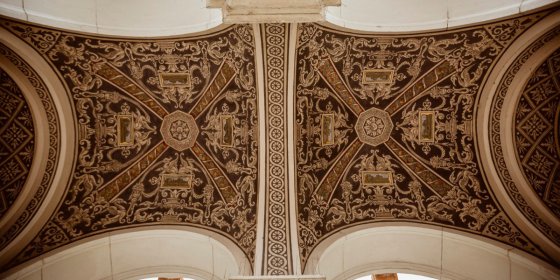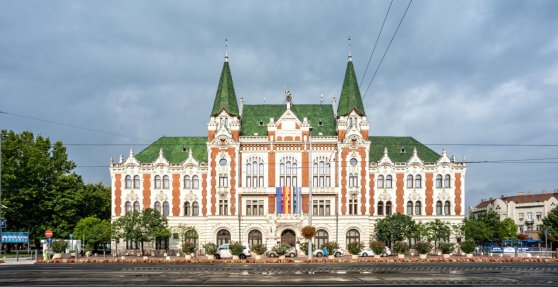 The „intertwined history” of the bridges and the city of Budapest
Which ideas and events have shaped the fate of bridges of Budapest and the cityscape? Alongside many other interesting facts, this question is also answered this newly published book by the Budapest City Archives, which introduces the history of bridges in Budapest.
The „intertwined history” of the bridges and the city of Budapest
Which ideas and events have shaped the fate of bridges of Budapest and the cityscape? Alongside many other interesting facts, this question is also answered this newly published book by the Budapest City Archives, which introduces the history of bridges in Budapest.
Ernő Tudós-Takács
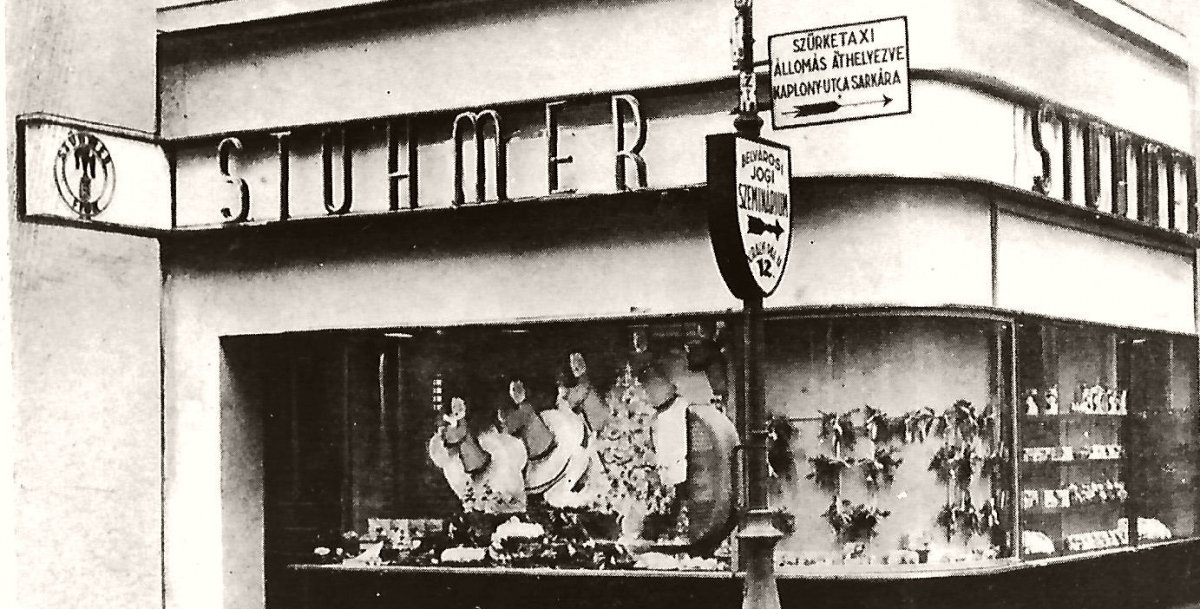 Sweet life in happy times of peace - The Stühmer Factory from foundation to nationalisation
Sweet life in happy times of peace - The Stühmer Factory from foundation to nationalisation
November 29, 2021 at 11:30 AM
Tibi chocolate, Ropp wafer and Zizi dragee. Generations have known and loved the popular products of the Stühmer Chocolate Factory. How did Frigyes Stühmer create Hungary's first and largest chocolate factory in Józsefváros during the Compromise-period and why did the factory have to move to the neighbouring Ferencváros? The factory was nationalised after World War II, and descendants who moved to Canada tried unsuccessfully to reclaim it in the 1990s, yet the brand name, founded more than 150 years ago, has not been forgotten.
The Neuschlosz Brothers created the inlaid parquet floor of the St. Stephen's Hall
September 1, 2021 at 3:30 PM
From 20 August, anyone can visit the rebuilt St. Stephen's Hall in the renewed south connecting wing of the Buda Castle. The beauty and uniqueness of the ballroom are enhanced by its special inlaid parquet flooring. But who created this unique flooring? Take a look at the work of the Neuschlosz Brothers.
The world-famous chandeliers of the Kissling Factory - The former ornate luminaires were re-created for St. Stephen's Hall
August 12, 2021 at 11:00 AM
Among the outstanding applied arts companies of the age of dualism, Rudolf Kissling and his son played a significant role with their chandelier and bronze cast factory. Thanks to their artistic work, many of the public buildings built in this era were decorated with their chandeliers and other bronze objects. The original chandeliers of the St. Stephen's Hall in Buda Castle were also made by the Kissling Factory, and the works of applied art were re-created after a long research work.
The Saint Emeric Dormitory in Pest not only provided housing but also raised students
July 28, 2021 at 11:30 AM
At the turn of the century, Saint Emeric's Dormitory was established on a private initiative to alleviate the housing problems of Catholic students and college students, which later developed into a national network. The dormitory operated first in Irányi Street and then on Üllői Road. The Saint Emeric Dormitory in Pest finally found a permanent home under 43-45 Ráday Street in Ferencváros. The renowned dorm suffered from the period of the Hungarian Soviet Republic, but its nearly half-century-old history ended with the turn of the post-World War II era. The building still houses a dormitory.
From the Opera House to the Parliament - The decorative painting of several representative buildings is the work of Róbert Scholtz
July 5, 2021 at 9:30 AM
Ornate public buildings and palaces were defining parts of the cityscape of Pest-Buda, which became a more and more civilized city and a metropolis. Róbert Scholtz, a decorative painter, played an important role in decorating many representative buildings, and his work is famous for, among other things, the St. Stephen's Hall, which was destroyed in 1945, but will soon be rebuilt.
Újpest City Hall 120 years old
August 22, 2020 at 9:00 AM
One of the symbols of Újpest, the town hall, which was inaugurated 120 years ago, on 21 August 1900, was designed by the outstanding architects of the age, Ármin Hegedűs and Henrik Böhm. Originally a town hall and then city hall from 1907, the historic building, which bears Art Nouveau features, is still in the service of the local population.
More articles
 The „intertwined history” of the bridges and the city of Budapest
Which ideas and events have shaped the fate of bridges of Budapest and the cityscape? Alongside many other interesting facts, this question is also answered this newly published book by the Budapest City Archives, which introduces the history of bridges in Budapest.
The „intertwined history” of the bridges and the city of Budapest
Which ideas and events have shaped the fate of bridges of Budapest and the cityscape? Alongside many other interesting facts, this question is also answered this newly published book by the Budapest City Archives, which introduces the history of bridges in Budapest.
 The Bridge Report, which brought a turning point in the history of Budapest
A travel report that changed the history of Pest and Buda, as well as Hungary. The little book contributed to the change of half a thousand years of legal customs and the implementation of an investment of unprecedented size and technical quality. This book was The Bridge Report [Hídjelentés in Hungarian].
The Bridge Report, which brought a turning point in the history of Budapest
A travel report that changed the history of Pest and Buda, as well as Hungary. The little book contributed to the change of half a thousand years of legal customs and the implementation of an investment of unprecedented size and technical quality. This book was The Bridge Report [Hídjelentés in Hungarian].
 Drama on the university wall - The heroic monument was planned 95 years ago
In the constant hustle and bustle of the Egyetem Square in Pest, the students may not even notice the monument that decorates the short section of wall between the church and the central building of ELTE. However, it commemorates their predecessors, the heroes who fought for their country in World War I, and those who heroically helped them. The first design of the dramatically collapsing soldier was born in 1928, ninety-five years ago.
Drama on the university wall - The heroic monument was planned 95 years ago
In the constant hustle and bustle of the Egyetem Square in Pest, the students may not even notice the monument that decorates the short section of wall between the church and the central building of ELTE. However, it commemorates their predecessors, the heroes who fought for their country in World War I, and those who heroically helped them. The first design of the dramatically collapsing soldier was born in 1928, ninety-five years ago.

